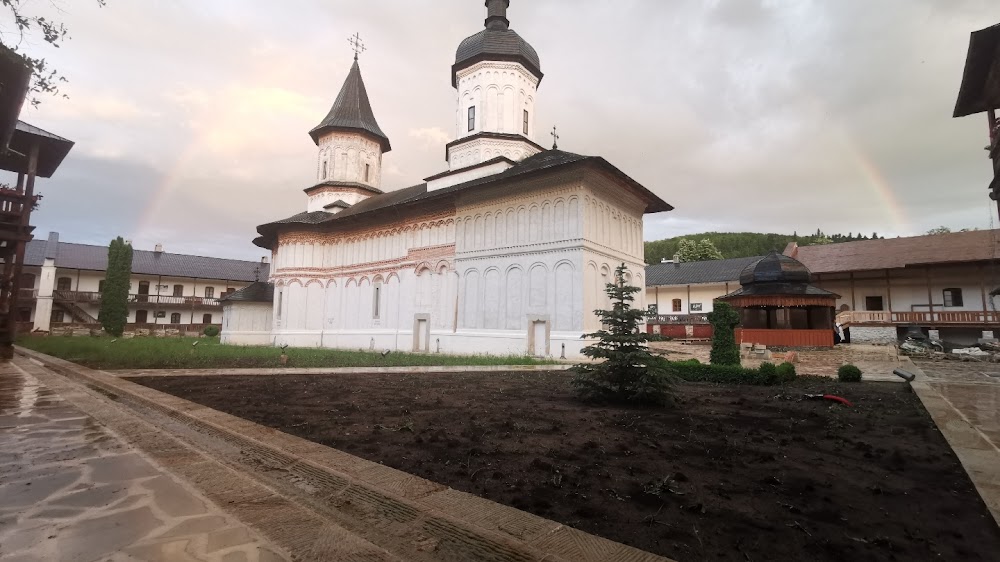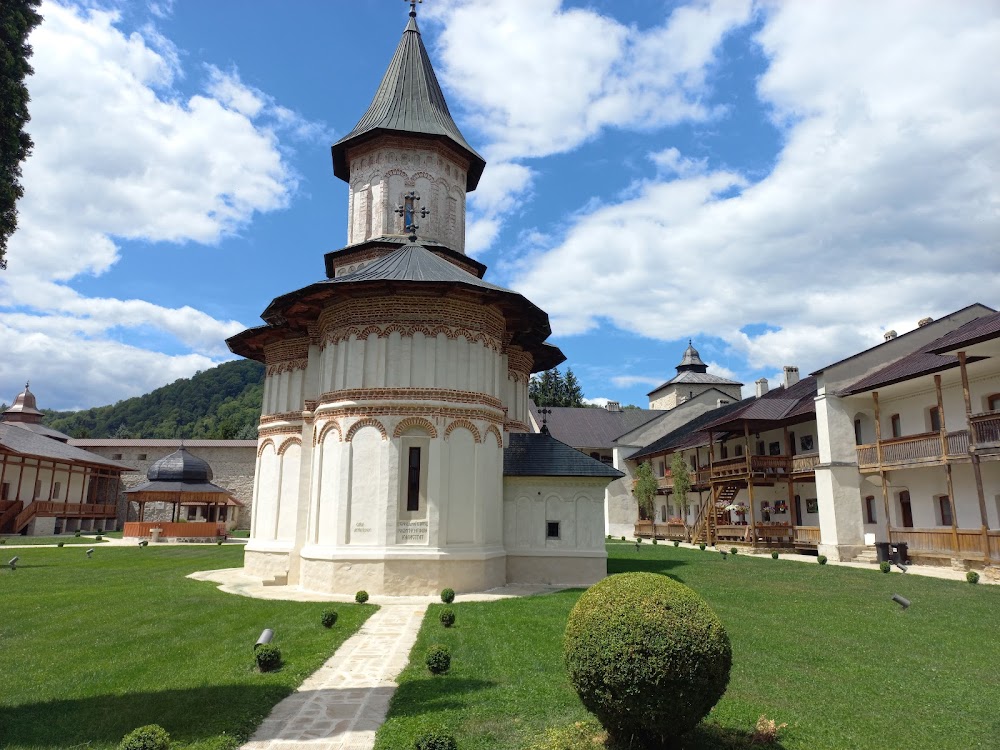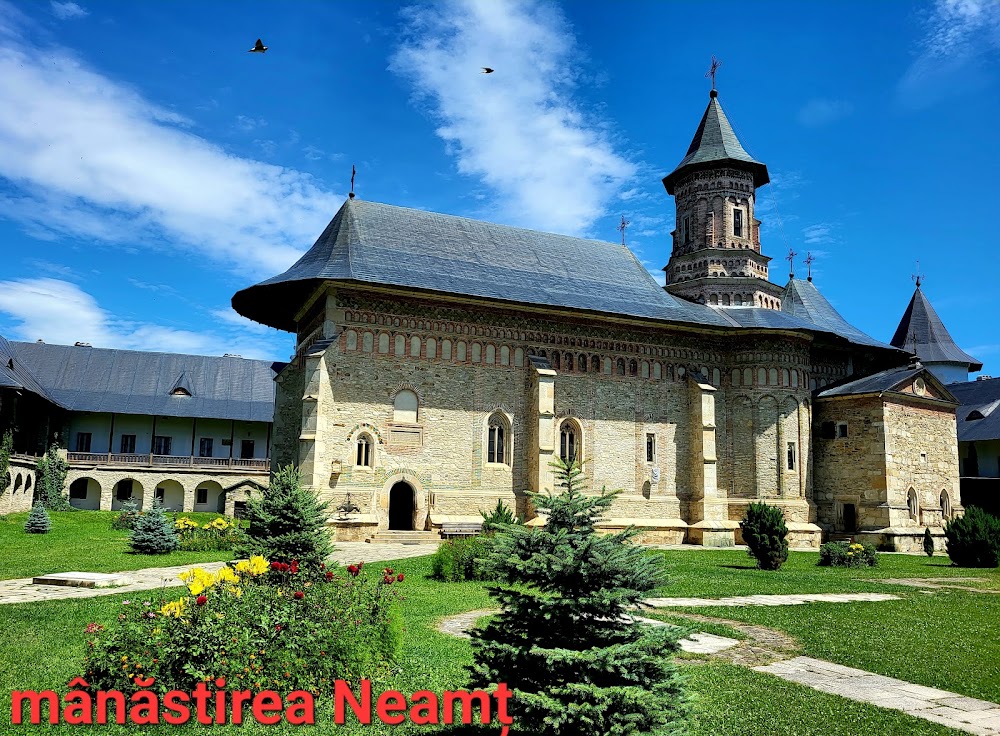Secu Monastery (Mănăstirea Secu)
Overview
Secu Monastery: A Historic Gem in Neamț County, Romania
Nestled at the foot of the majestic Stânișoara Mountains in Neamț County, Romania, Secu Monastery stands as a beautiful and historic Orthodox Christian site with a rich and fascinating heritage. Originally established in 1602 by Nestor Ureche, a prominent boyar who dedicated his later years to monastic life, this monastery has deep ties to Moldavian history. Nestor Ureche was also the father of Grigore Ureche, a notable Moldavian chronicler. His choice of this serene and picturesque location was inspired by its tranquil beauty, as well as the support of Prince Ieremia Movilă, who played a vital role in the monastery's establishment.
Architectural Marvel
The architecture of Secu Monastery is a stunning example of the resilient Moldavian style, which artfully combines Byzantine, Gothic, and local elements. The main church, dedicated to Saint John the Baptist, was the first structure built on the site, featuring robust stone walls that highlight the exceptional craftsmanship of builders from the late 16th and early 17th centuries.
One distinctive feature of the main church is its pronaos (narthex), which boasts a steepled roof held up by elegant stone columns. Visitors can admire the interior, adorned with frescoes painted in the traditional Orthodox style, depicting biblical scenes and saints. These vibrant frescoes provide a colorful glimpse into the spiritual world of that era. Additionally, the church's iconostasis—a richly decorated wooden screen—showcases exquisite icons and carvings, reflecting the high level of artistry among local craftsmen.
Monastic Complex and Historical Resilience
Beyond the main church, the monastery complex comprises several ancillary buildings, including monks' cells, a refectory, and a defensive wall. These structures were developed over time to meet the needs of the monastic community. The protective walls were constructed to guard against potential invaders, a testament to the turbulent history of the region.
Secu Monastery has weathered numerous challenges throughout its existence, including invasions, shifts in political power, and natural disasters. Despite these adversities, it has remained a vital center of spiritual and cultural life. Notably, it hosted Saint Paisius Velichkovsky, a revered monk who sparked a religious revival in the 18th century.
Preservation and Modern Significance
Restorations have been undertaken multiple times to ensure that Secu Monastery remains well-preserved. Significant renovations in the 19th and 20th centuries focused on maintaining the historical and architectural integrity of the site, safeguarding its original designs and frescoes.
Today, Secu Monastery is not only an active religious site with a vibrant monastic community but also a popular tourist attraction. Visitors flock to admire its historical significance, architectural beauty, and tranquil surroundings. The monastery continues to serve as a place of worship, pilgrimage, and cultural heritage for both the local community and visitors from afar.
A Testament to Faith and Artistry
Secu Monastery, with its profound historical roots, offers a captivating glimpse into the past. Each stone and fresco within its walls tells a story of persistence, devotion, and artistic achievement, making it a true spiritual and cultural treasure in Neamț County, Romania. Whether you are drawn by its history, architecture, or serene ambiance, a visit to Secu Monastery promises to be an enriching experience.






